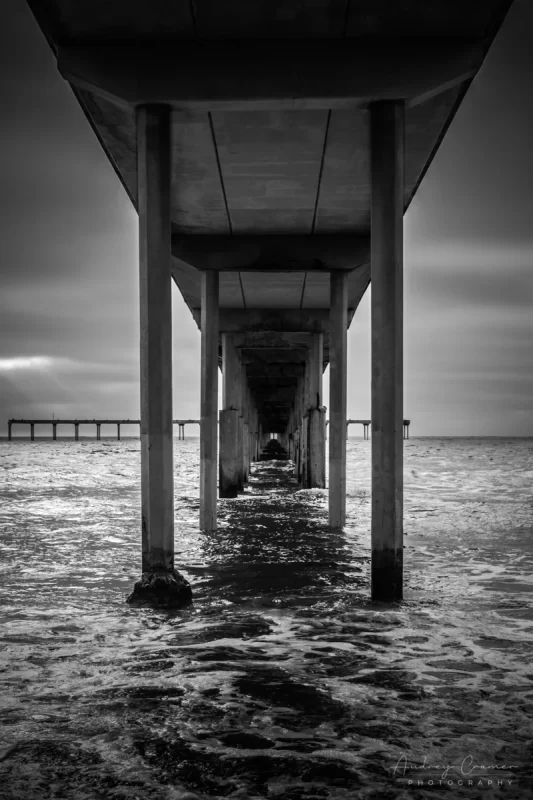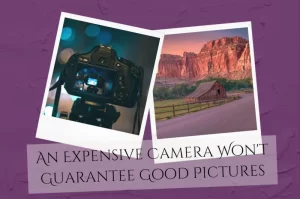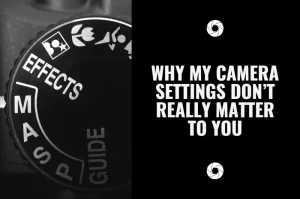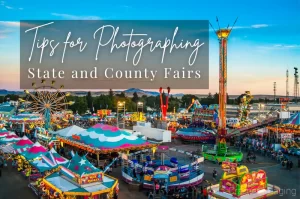Black and white photography is something which hasn’t died. It’s how photography started, and it continues to be a force within a predominantly color world. The rules for creating a great black and white (or monochrome) photograph are different from those for creating a great color photo. Today we’re talking about what makes a great black and white photo.
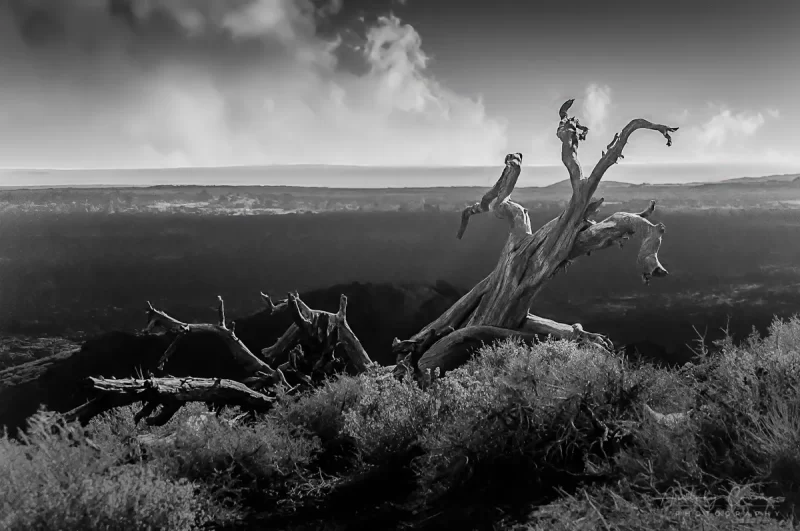
To start off with, making a color photo into a black and white photo these days is not a difficult task. Just pull out some photo editing software or a photo editing app, slap on the right filter, and your color photo is now black and white. It really is that easy. What’s not so easy is recognizing when a photo would look good in black and white. Fortunately, there’s a few easy ways to tell if you know what you’re looking for.
1. High Contrast
Photos which have high contrast between the highlights and the shadows don’t often look so good in color. They often look washed-out and shadowy at the same time. If you were to transform such a photo into a monochrome color scheme, you will probably be rewarded with a much more aesthetically pleasing version as those same high contrasting highlights and shadows become the defining color range of a black and white version.
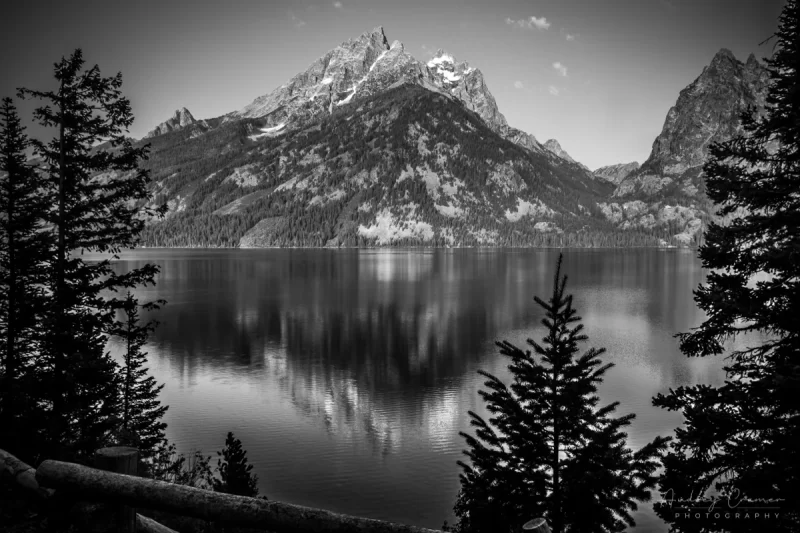
2. Texture Emphasis
One thing that black and white photography does really well is to emphasize texture. If there’s something like sea foam, rugged rock face, steam clouds, or wood grain displayed prominently in your photo, you might find that you like it better in black and white.
Color can sometimes hide the textural qualities in a photograph. That’s thanks to things like color tones being too close together to visually distinguish the texture. It happens.
A simple desaturation of the colors present in the photograph will suddenly bring the texture to the forefront of the image and change what you notice about the photo. It can mean the difference between a passable photograph and a great photograph overall.
3. When Color Is Wrong
Ever see a photo which was just so loud with its colors that it hurt to look at? I’m sure you have by this point. Every so often there’s a photo which the color just looks loud or some other form of off. It looks ok but not great. When those photos come up, try that black and white filter on Snapseed or Photoshop. You might be surprised to find that the photo looks so much better and much easier on the eyes at the same time.
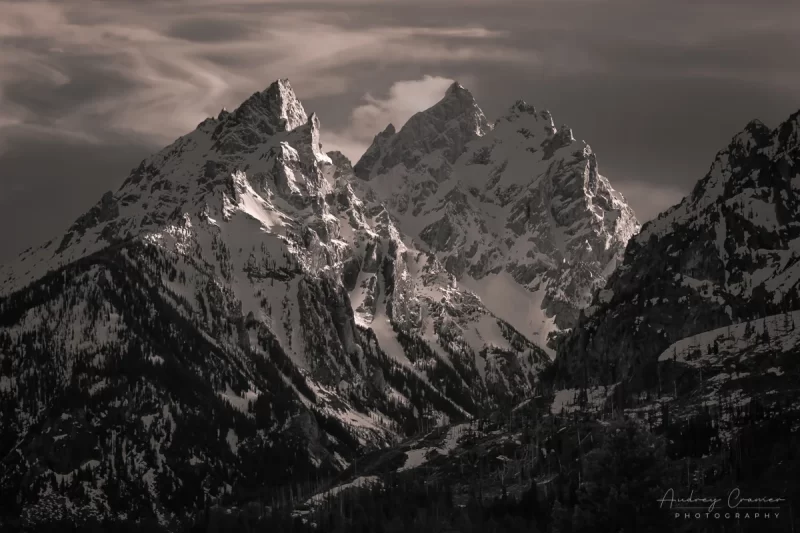
4. Regular Photo Basics
Just like good color photos, good monochrome photos need to have the basics down. This includes things like exposure, depth of field, sharpness, and composition. Without these basics, your black and white photo will be nothing but a black and white photo. It won’t be a good black and white photo. Make sure that the photo you choose to desaturate has all of these basics down. Then the filter change will really make the photo sing.
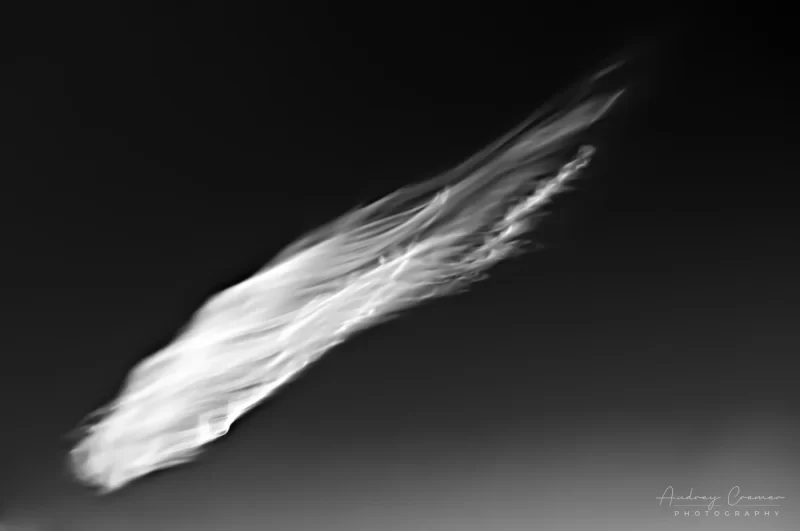
5. Scene Accuracy at Night
Another angle you might take with monochromatic photography is that of attempting scene accuracy for night photos. If you haven’t paid much attention to how things look at night, then walk out your door at night and walk away from artificial light sources. This might be easier for some to do than for others just due to the density of light pollution where you live. But you should notice that you see very little in the way of color. Indeed, what you see will appear much closer to this image of the Milky Way below.
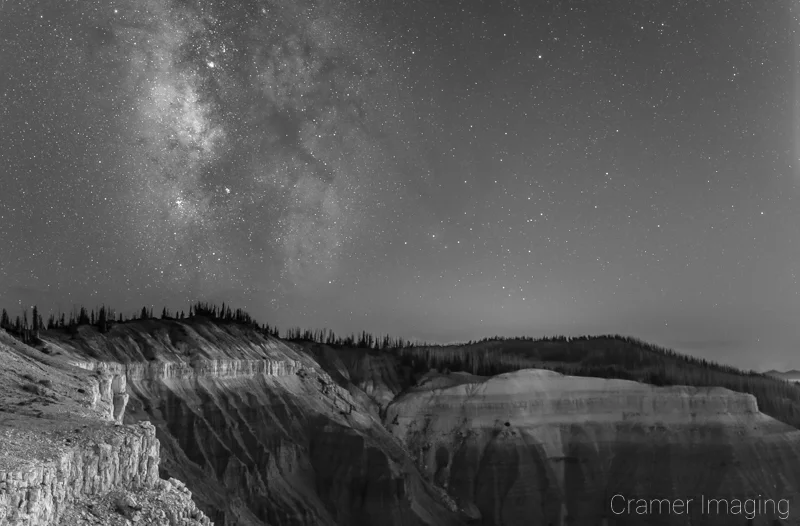
It’s true that the land will appear as more of a silhouette. However, this black and white image better resembles what the night skies actually look like to the human eye than color versions do. The accuracy here isn’t perfect, but it comes closer than most other takes on the night sky.
More Black and White Photo Examples
Here are a few more photos from my portfolio which demonstrate what can make an excellent monochromatic photo.
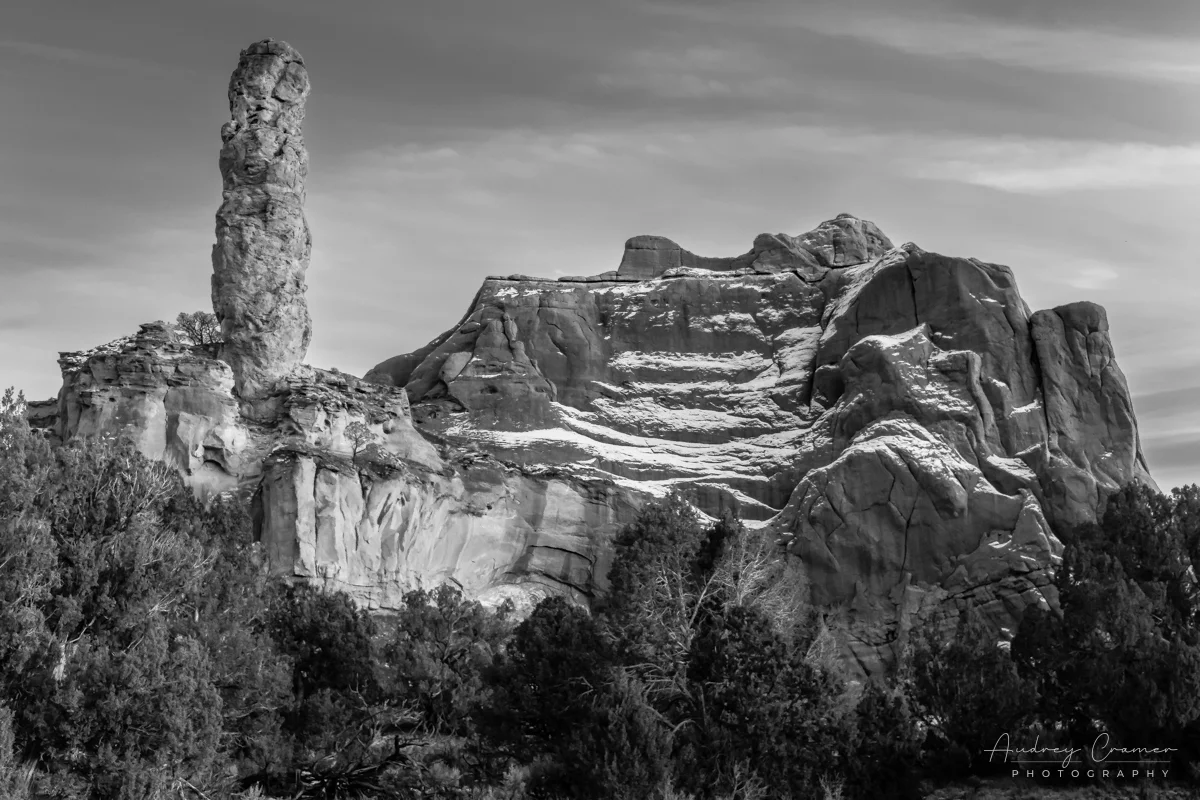
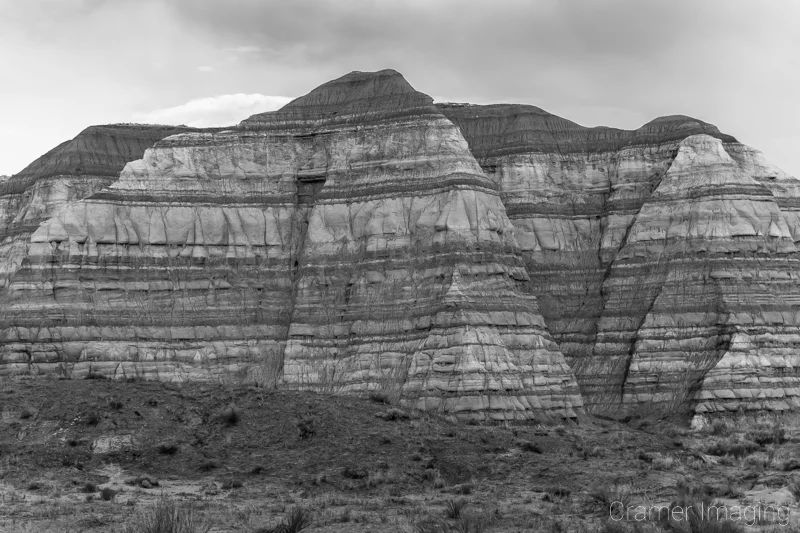
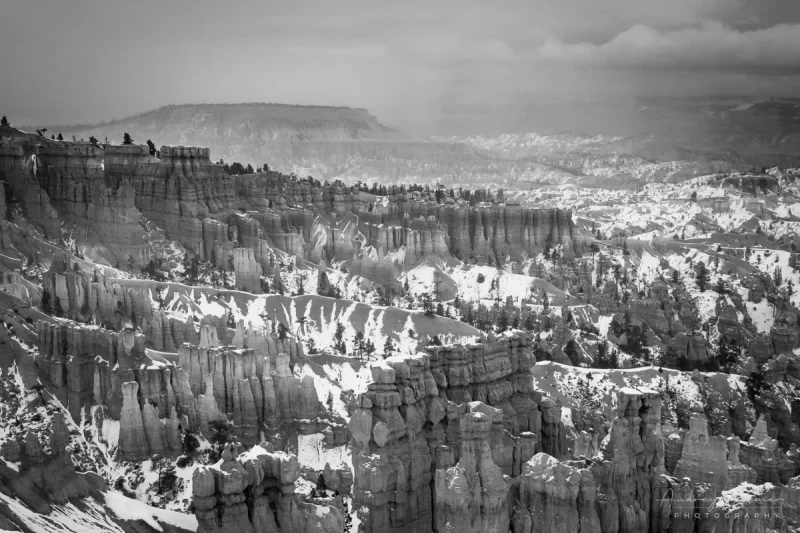
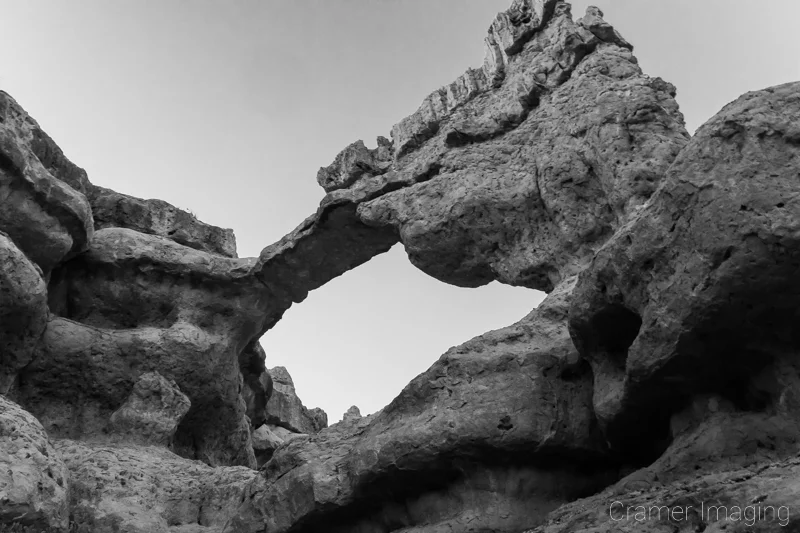
Conclusion
When you’re looking to create a great monochrome photo, you really need to look for a few things. High contrast, textures, and lack-luster color are good reasons to investigate whether or not the photo you’re working with would be a viable candidate for going monochrome. The night sky is also a good option. As long as it meets the basics of making a good photo otherwise, you should be rewarded with a new and great-looking black and white photograph.
Have some great examples of black and white photos you’ve taken? Share them in the comments section below. We’d love to see what you’ve got.

